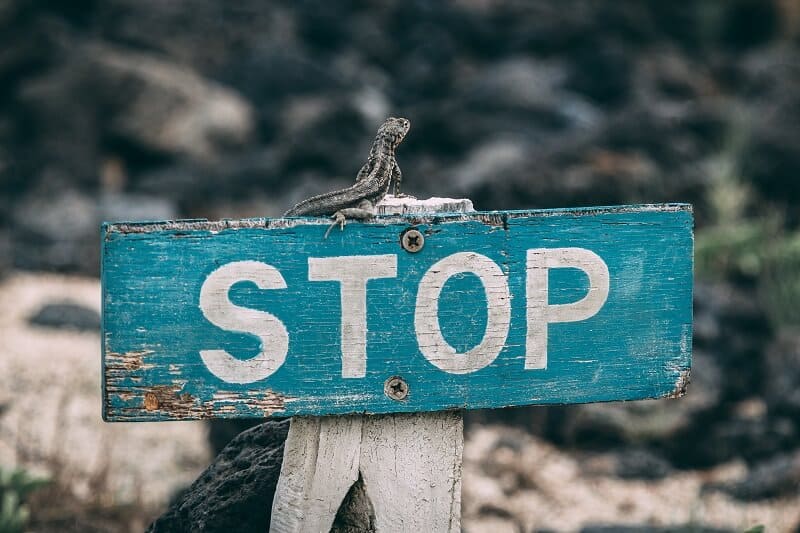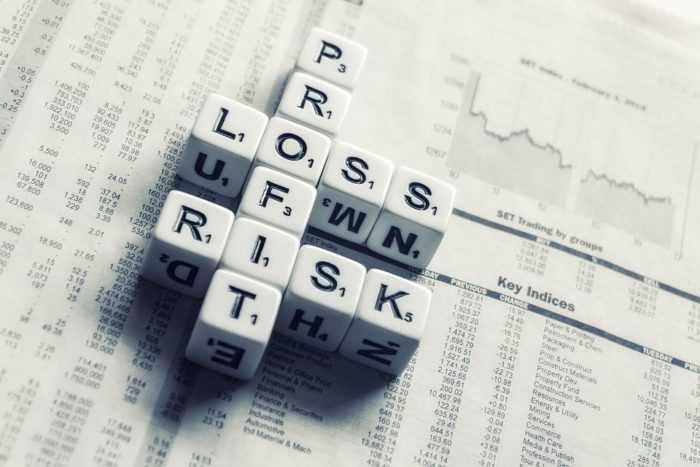
Stop-loss order is an easy and powerful tool when used properly. Find how to do that.
By Guy Avtalyon
Stop-Loss orders are suitable when conditions in the market get a bit out of control. If you never place the stop-loss order the risk potential is huge. You may lose everything.
The main characteristic of a stop-loss order is that it becomes a market order. It can happen when the price of your security is selling at or under the stop price. So, a stop-loss order is a great protection against falls in the value of your stock. Stock investing is risky, but you can control it and protect it with a stop-loss order. Wise investors always use stops. The others stay with losses. The stop-loss is an easy but powerful tool that will protect you when an unexpected turn in the market occurs.
How does Stop-loss Order work?
For example, you hold a stock of some company and it is currently trading at $30. But your stock is volatile and you place a stop-loss order at $20. If the price of your stock drop at or below $20, your order will become a market order and you’ll be able to sell your stock instantly at the best possible price.
If you want to be a day trader, for example, you have to place a stop-loss order on your every trade. The stop-loss order will tell you how much you can lose on a trade. So, you have to know how to calculate your stop loss. You have to determine precisely where your stop-loss order will go.
Basically, a stop-loss order is a method of investment risk management.
A stop-loss order is when you define a particular step to be taken at a particular price. For example, you bought a stock at $50 and you placed a stop-loss order at $40. This means your stock will be sold when the price drop to $40. Of course, you may place the stop-loss order at any price.
But not all is ideal with this order.
Stop-loss orders are static. They don’t move. Imagine the following situation. You set a stop-loss order at $40 but the stock price goes up at $80, which is much more than you bought it. In this case, when your stop-loss order is at $40 your protection is worthless.
How to calculate stop-loss?
A stop-loss order is created to reduce your loss. For example, if you place a stop-loss order for 15% below the original purchase price, your potential loss will be limited to15%. For instance, you bought a stock at $100. What you have to do is to set a stop-loss immediately after buying and you set it at $85. This is important in case the price of your stock falls below $85. Your stop-loss will automatically be recognized as market price and even if the stock continues to fall, you will obtain your $85 per stock or the amount close to it.
You may choose whatever percentage you want, all is up to you.
Some advisors will tell you to set a stop-loss order at 10%. But if you think your stock is a good player you may decide to take more risk and set a stop-loss at 20, 30, or even 50%. For long-term investors, this may be a good solution, the bigger percentage will give space to the range and enough time to annulate the losses that can occur over time because they have a bigger investment horizon and have hope for a great return one day.
But if you are a day trader just avoid big percentage, 10% of the initial price is quite a good solution to protect your trade.
Defining a stop-loss order placing is all about targeting an individual risk potential. You should determine this price to limit loss. That’s the point.
How to place stop-loss orders when trading
Stop-loss orders are usually market orders, as we said. But if your stock doesn’t have a buyer at that price you may end with a lower price. That is slippage.
Stop-loss points shouldn’t be set at unplanned positions. Placing them is a strategy that should be based on your experience with different methods. This means you must have a trading plan. You have to know how to find the best way to enter the trade, how to control the risk, and how and when to exit the trade.
If you are a beginner, just use a simple stop-loss strategy. That will give you the opportunity for the price to move in your benefit. Also, the simple stop-loss strategy will diminish your loss promptly if the price goes against you.
Where to set stop-loss orders when buying
One of the easiest ways is to set it below a swing low. A swing low happens when the price drops and then hops. That is the price support at some level.
When you buy, the swing lows should be going upward.
Where to set a stop-loss order when selling
Set it above a swing high. A swing high happens when the price grows and then drops. That is resistance.
If you want short selling the swing highs should be going downward.
What is important with stop-loss orders
There are several things you have to know about stop-loss orders.
They are not suitable for dynamic traders and large chunks of stock because you can lose more in the long run.
You must be sure that your stop-loss order has confirmation, never assume.






